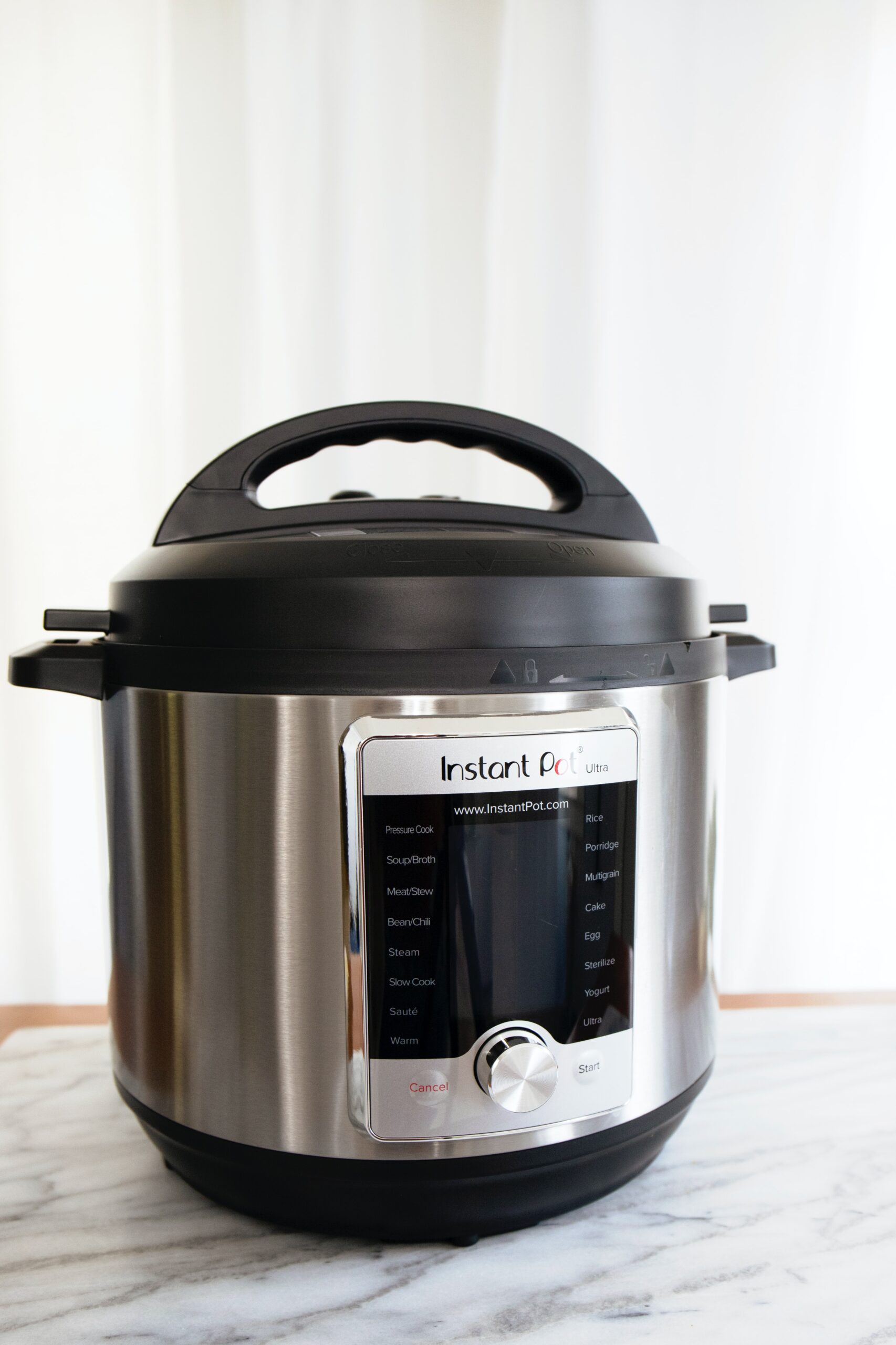Using a rice cooker to make precisely cooked rice is quick and simple, but what happens if the pot’s non-stick coating starts to peel? The rice cooker’s non-stick coating, which keeps food from adhering to the pot and shields it from dents and wear, is a crucial part of the appliance. The rice cooker’s safety, however, may be questioned if the covering begins to peel. So, can I eat it?
Using a rice cooker with a peeling non-stick coating is often not safe. The pot’s non-stick coating is intended to shield it from nicks and abrasion while also preventing food from adhering to the surface. Peeling coatings can introduce dangerous chemicals into your meal and could destroy the pot itself.
Additionally, the coating might break off in little bits and mix with your meal, creating a choking risk. It is preferable to get a new rice cooker if you find that the coating on your old one is peeling.

What Is A Non Coating Made From?
Polytetrafluoroethylene (PTFE), usually referred to as Teflon, is the most popular substance used to create non-stick coatings. The perfect substance for non-stick coatings is PTFE, a synthetic fluoropolymer that is exceptionally heat resistant and chemically inert.
Perfluoroalkoxy (PFA) and polyvinylidene fluoride are other compounds frequently utilized in non-stick coatings (PVDF). These materials are appropriate for non-stick applications since they are also heat-resistant and exhibit strong chemical stability.
It’s important to remember that some people have expressed worries regarding the safety of cookware with PTFE coating, especially when it’s heated to high temperatures. Above a particular temperature, PTFE can produce poisonous vapors that might be harmful to breathe in. As a result, it’s crucial to adhere to the manufacturer’s recommendations and avoid overheating the cookware.

How Long Would A Non Stick Coating Be Expected To Last?
Depending on the quality of the cookware, how it is used, and how well it is maintained, the non-stick coating’s lifespan might change.
With the right care and upkeep, a good non-stick coating may endure for several years. However, after only a few months of usage, certain less durable non-stick coatings may begin to show indications of wear and tear.
A change in color, food adhering to the surface, or the coating beginning to peel are all indications of wear and tear. It’s time to switch up your non-stick cookware if you see any of these symptoms.
It’s important to keep in mind that some producers provide warranties with their non-stick cookware, which may help you determine how long the coating ought to endure.

How To Reduce The Chances Of The A Non Stick Coating Peeling?
It is possible to lessen the likelihood of a non-stick coating peeling in a number of ways:
- Use the proper tools: On non-stick cookware, avoid using metal utensils as they can scratch and harm the coating. Instead, use silicone, plastic, or wooden utensils.
- Avoid being too hot: The recommended maximum temperature for your non-stick cookware should always be adhered to. The non-stick coating may peel and disintegrate as a result of overheating.
- Avoid overfilling the pan: Avoid packing the pan too tightly with food since this might lower the temperature and result in uneven cooking.
- Don’t place anything heavy on it: Avoid piling up heavy objects on top of your nonstick cookware to prevent scratching and coating damage.
- Correctly clean it: Never use aggressive cleaning agents on non-stick cookware; instead, wipe it off gently with a soft cloth or sponge.
- Bowl pre-soaking Pre-soaking the bowl will save wear and tear by making it simpler to remove food from the surface.
By keeping in mind these suggestions, you may make your non-stick cookware last longer and decrease the likelihood of the coating flaking.
Relevant Articles
Can You Freeze Jerusalem Artichokes?
Why Does Bread Need To Rise Twice?

Comments are closed